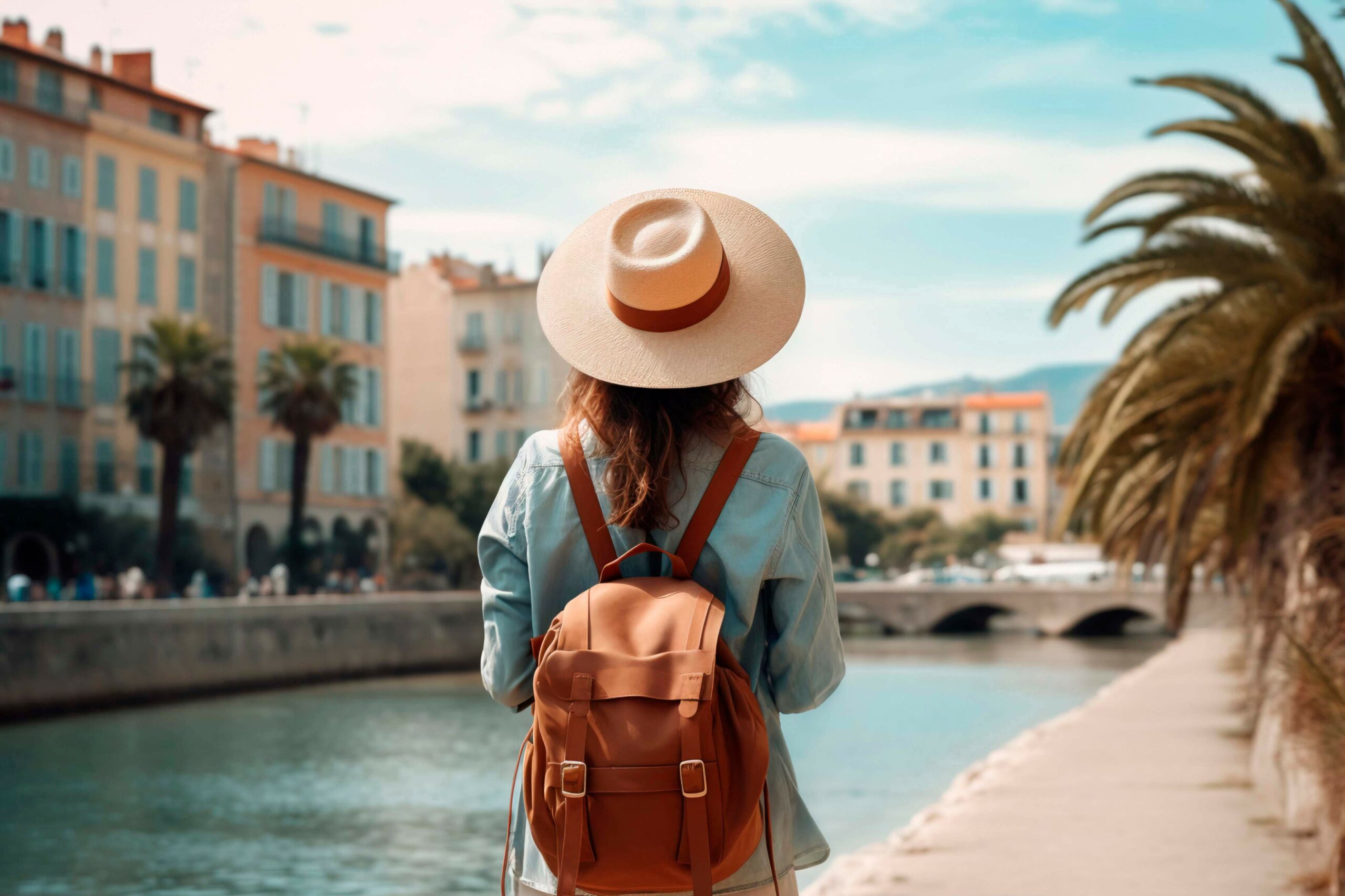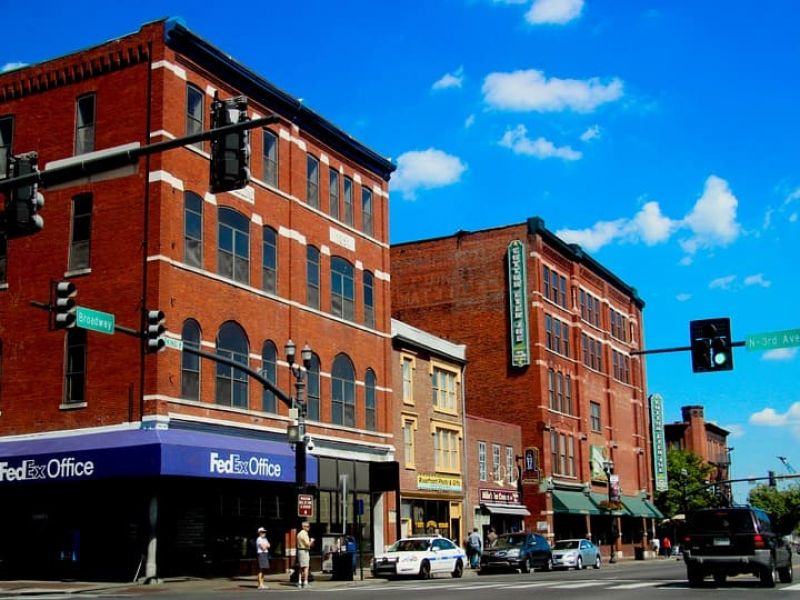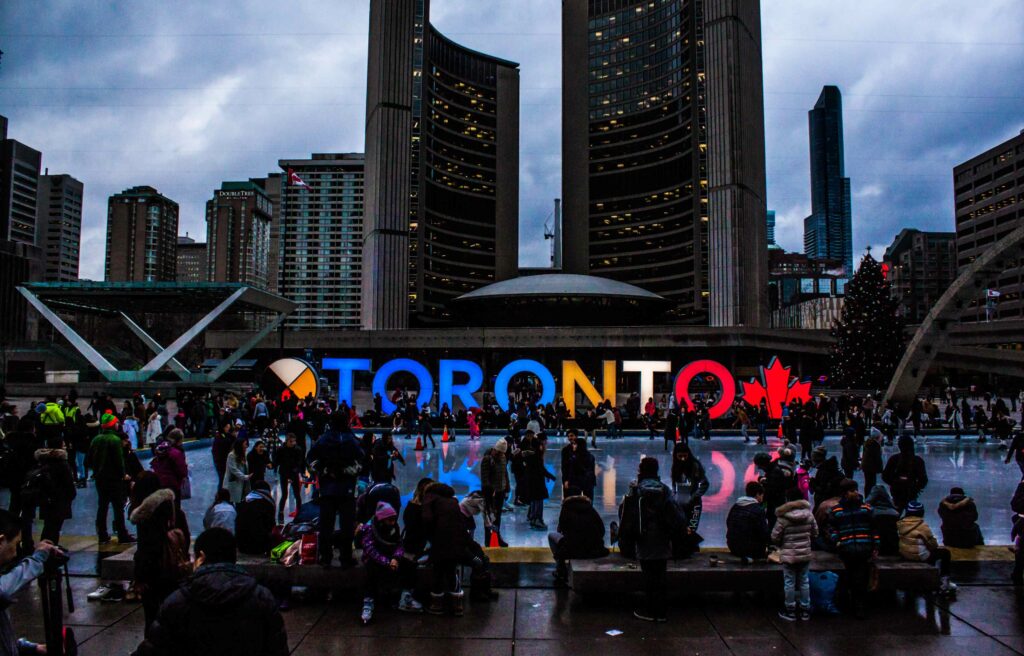Choosing a destination, whether for a short trip or a more extended stay, means feeling good about the environment. Safety is non-negotiable, right? You want to know you can explore a new place, handle your business, or even settle down without unnecessary worry. Which cities prioritize safety the most? Luckily, many worldwide cut through the safest cities in the world in 2024.
From worry-free walks to work or picking up groceries without concern, a safe city brings peace of mind to everyday routines. It allows you to focus on enjoying the park instead of hurrying through it, to smile at a stranger instead of avoiding eye contact.
Here’s a look at the top 10 safest cities in the world –
1. Tokyo, Japan
Index Score – 92/100
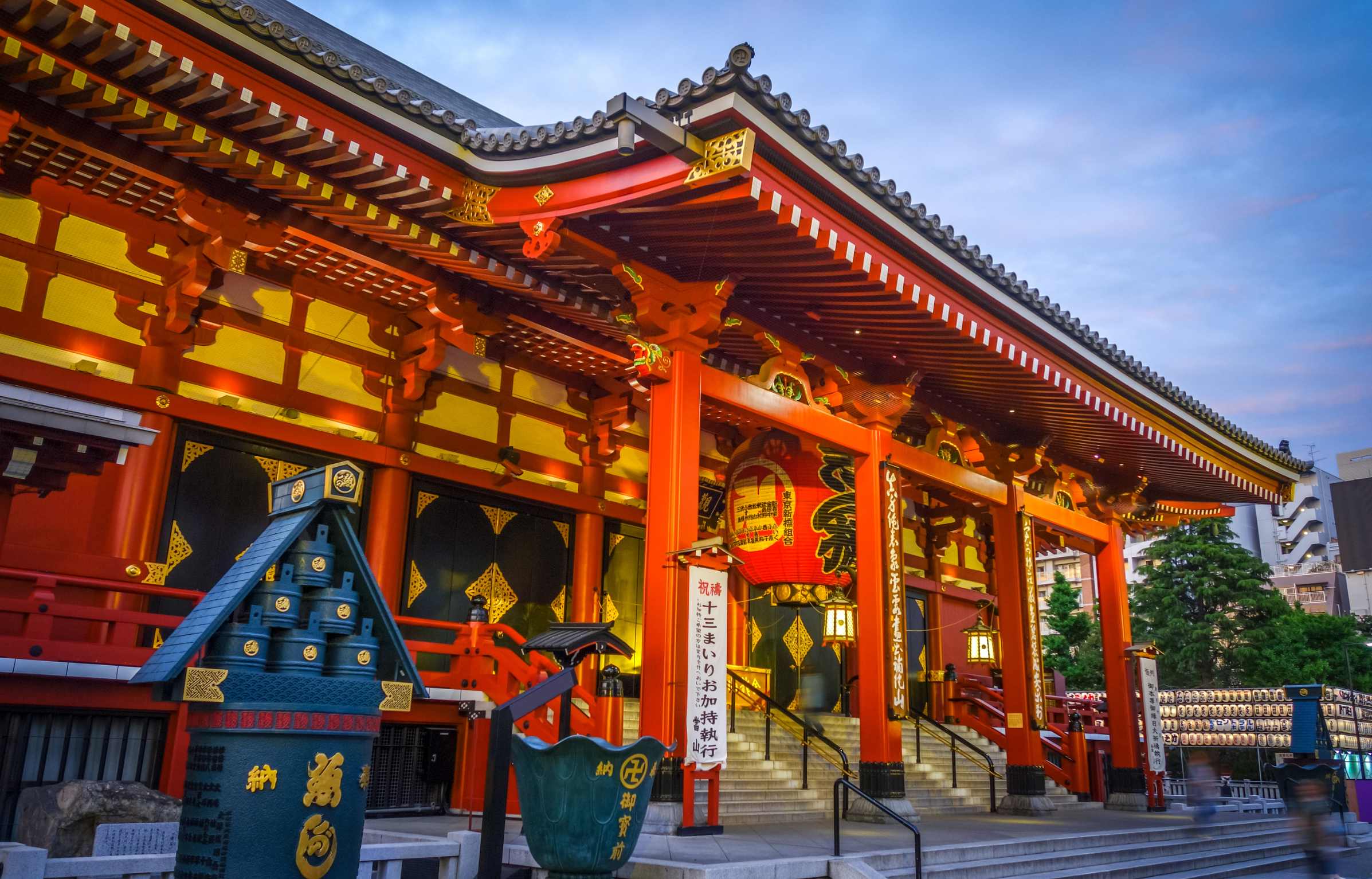
Tokyo consistently claims the top spot on rankings of the safest cities in the world, and it’s easy to see why. With a meager crime rate (fewer thefts than you’d see in most big Western cities), Tokyo takes safety very seriously. They also have top-notch infrastructure – reliable transport, disaster plans, and the latest digital security. Navigating the town feels easy, day or night, thanks to well-lit streets and efficient public transit.
But it’s not just the stats. Tokyo has a sense of community and respect, making it feel safe and welcoming. It’s amazing how a huge city like this stays so safe! Whether you’re just visiting or considering staying long-term, Tokyo’s focus on safety lets you relax and enjoy this incredible city. You can explore the Japan digital nomad visa if you are a remote worker and digital nomad.
Cost of Living – It is known for its high cost of living. The average monthly fee for a single person is approximately $1,200 without rent. Rent for a one-bedroom apartment in the city center averages around $1,500.
Food – They offer diverse options, from affordable street food to high-end dining. An average meal at a mid-range restaurant costs about $10-15.
Things to Do –
- Visit the iconic Tokyo Tower and Skytree.
- Explore the historic Asakusa district and Senso-ji Temple.
- Enjoy shopping and entertainment in Shibuya and Shinjuku.
2. Singapore
Index Score – 91.5/100
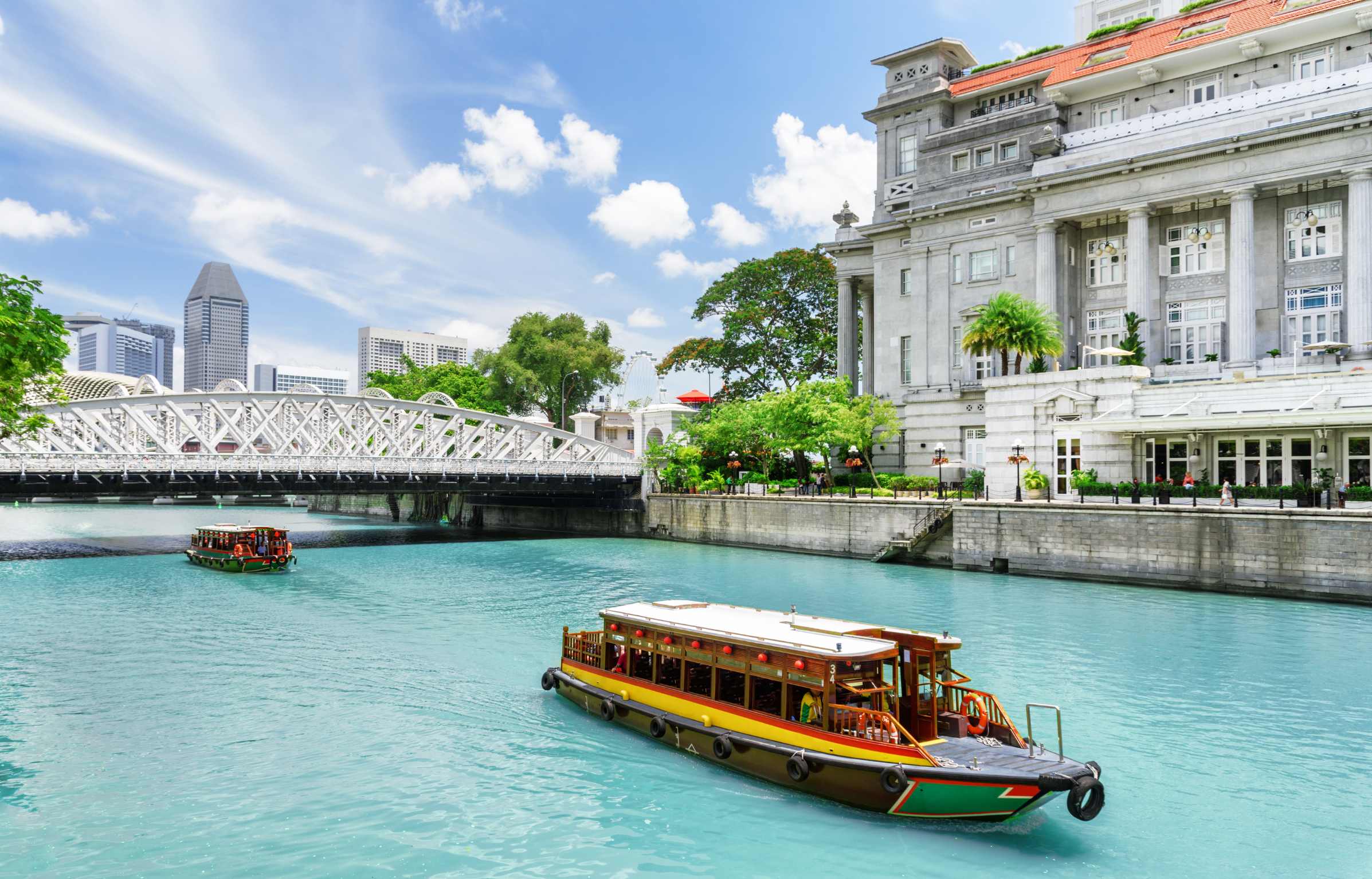
Singapore consistently earns high rankings in both personal and infrastructure security. You will see a few cities with lower crime rates! With a population of about 5.5 million, this city-state invests heavily in strong policing and a focus on community-based safety, making it an excellent choice for those prioritizing a secure environment. Here, late-night strolls and kids exploring safely are the norm.
It is also known for its cleanliness and sense of order. Strict rules around littering and public behavior contribute to the well-maintained streets and public spaces. This overall sense of organization further enhances the feeling of safety, as it creates a clear expectation of how things should function within the city-state. You can read the complete city guide about relocating to Singapore if you need more information.
Cost of Living – It is also known for its high cost of living. The average monthly expenses for a single person are around $1,100, excluding rent. Rent for a one-bedroom apartment in the city center averages about $2,200.
Food – Food in Singapore ranges from inexpensive hawker center meals (around $3-5) to luxury dining. A typical meal at a mid-range restaurant costs about $12-20.
Things to Do –
- Visit Marina Bay Sands and the Gardens by the Bay.
- Explore Sentosa Island and Universal Studios Singapore.
- Discover the cultural neighborhoods of Chinatown and Little India.
3. Osaka, Japan
Index Score – 90.9/100
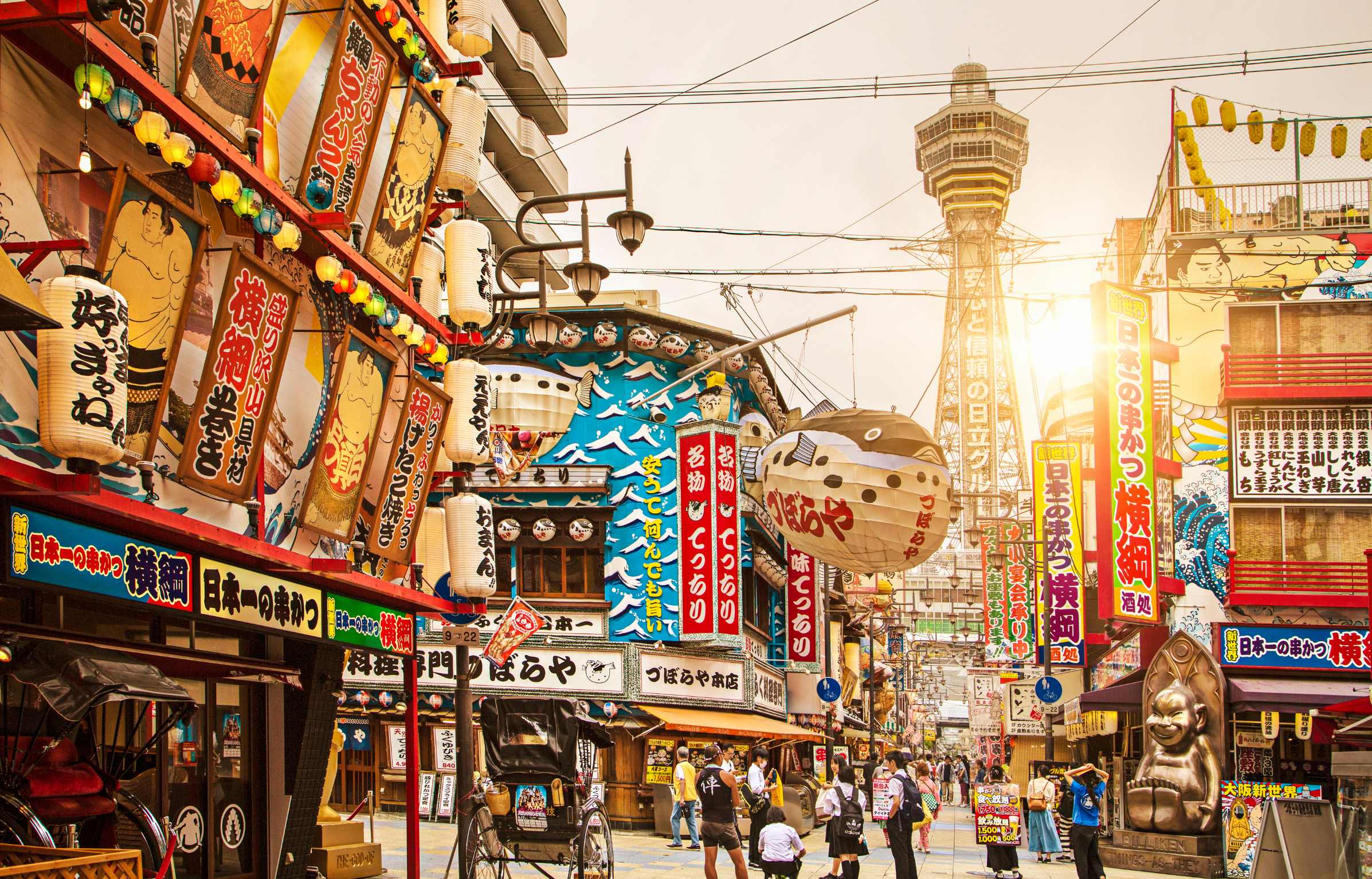
Another Japanese city makes the list, and it’s no surprise! With a population of over 2.7 million, Osaka excels in health security and boasts solid safety scores, making it a highly desirable city to visit or call home. From its reliable public transportation to its well-lit, walkable streets, Osaka prioritizes the well-being of its residents and visitors. This focus results in a low crime rate and a welcoming atmosphere.
It is ideal for those who value a safe, comfortable, and accessible urban environment. From bustling food markets in Dotonbori to the quirky shops of Amerikamura, this city has personality to spare. Osaka offers both safety and vibrancy. It’s an excellent choice for those who want a secure environment, especially tourists, without sacrificing excitement or cultural exploration.
Cost of Living – It is slightly more affordable than Tokyo, with average monthly fees for a single person around $1,000, excluding rent. Rent for a one-bedroom apartment in the city center averages about $800-1,200.
Food – This is famous for its street food, including takoyaki and okonomiyaki. An average meal at a mid-range restaurant costs around $10-15.
Things to Do –
- Visit Osaka Castle and its surrounding park.
- Explore the vibrant Dotonbori district.
- Spend a day at Universal Studios Japan.
💡 Related – Reopening for Tourists – You Can Plan to Relocate to Japan Very Soon
4. Amsterdam, The Netherlands
Index Score – 88.0/100
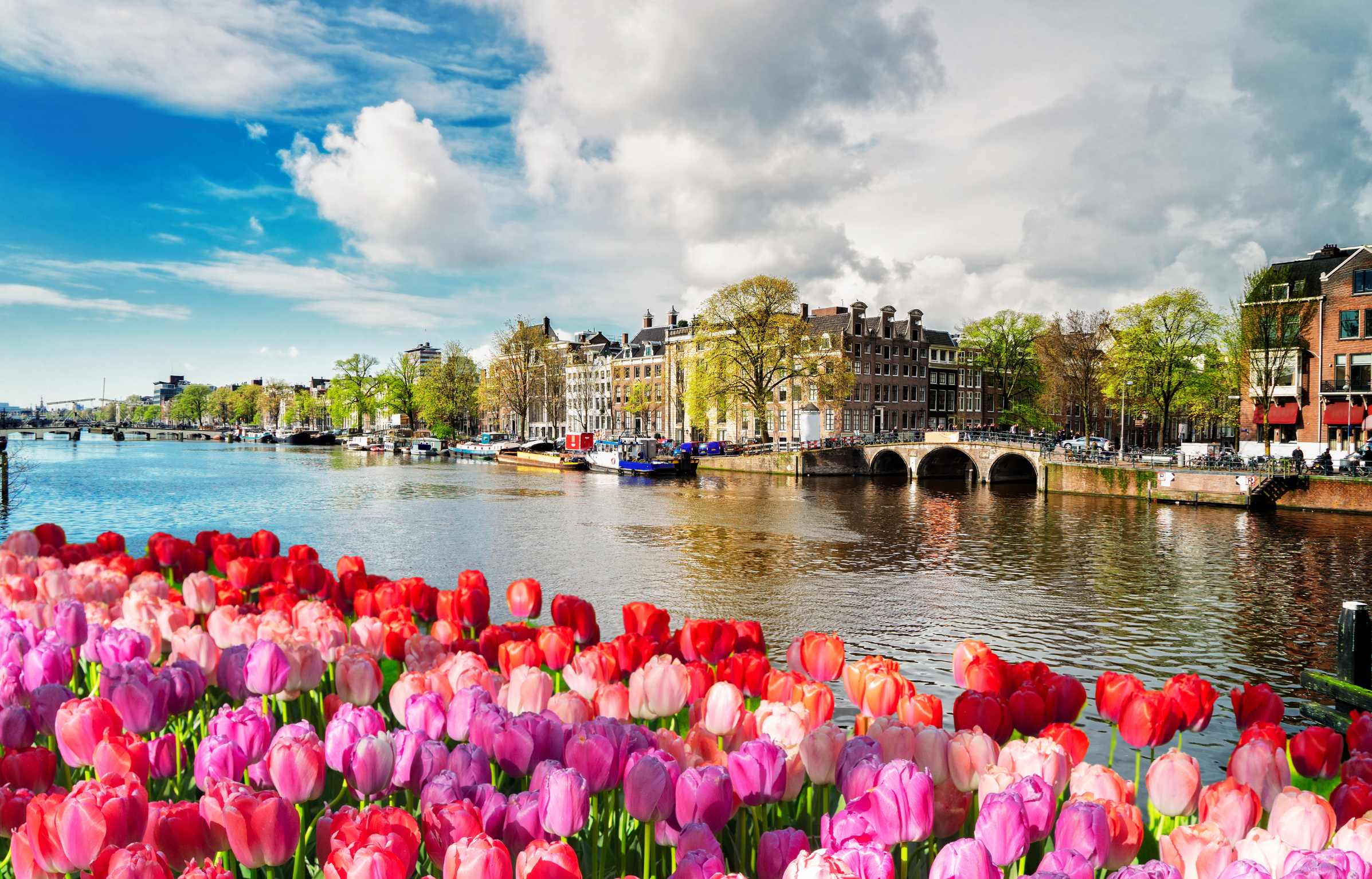
Amsterdam is known for being safe, and it’s got the systems in place to back it up – excellent infrastructure, healthcare you can rely on, and a real focus on the community. With a population of 821,752, it’s still small enough to feel relaxed. Everyone’s on their bikes here, and the city’s bike-friendly design makes exploring on two wheels easy. Plus, it’s a great place to experience Dutch culture.
Its charming canals and historic architecture create a picturesque backdrop, ideal for strolling quickly. While it’s essential to be vigilant, as in any major city, Amsterdam’s low crime rates allow you to focus on enjoying its vibrant culture and unique atmosphere. If you are considering exploring this city, first you can read about the city in this guide about relocating to Amsterdam.
Cost of Living – It has a high cost of living, with average monthly expenses for a single person around $1,200, excluding rent. Rent for a one-bedroom apartment in the city center is approximately $1,800.
Food – The offers a variety of dining options. A typical meal at a mid-range restaurant costs about $15-25.
Things to Do –
- Cruise the city’s famous canals.
- Visit the Anne Frank House and Van Gogh Museum.
- Explore the vibrant Jordaan neighborhood.
5. Sydney, Australia
Index Score – 87.9/100
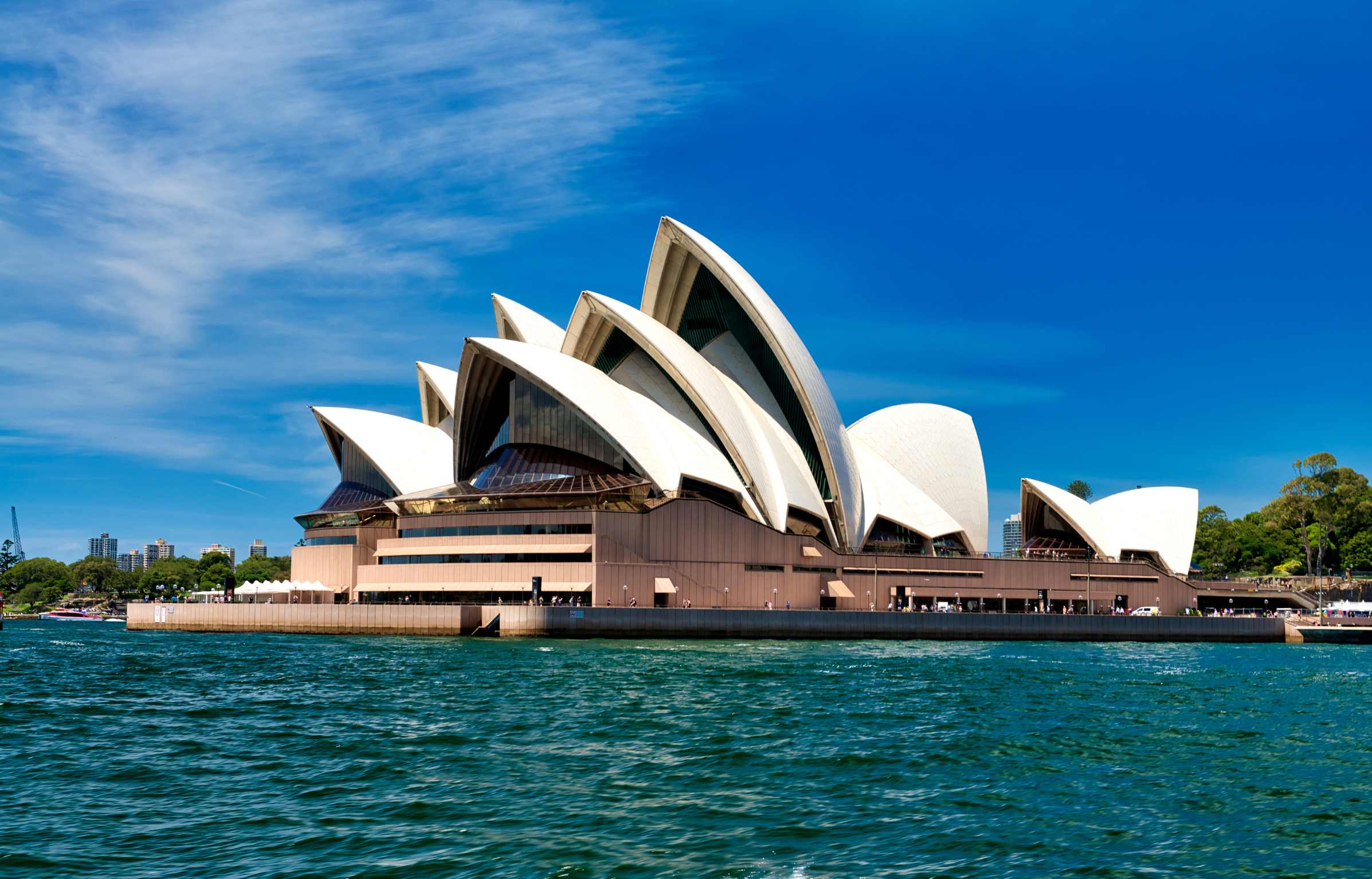
Sydney offers a strong sense of personal security and excellent digital security measures, making it a desirable place to live or visit. With its world-class beaches, stunning natural beauty, and vibrant culture, Sydney provides a relaxed and enjoyable atmosphere. The city is well-maintained and easy to navigate, with a reliable public transportation system and a strong focus on sustainability.
With a population of over 5.3 million, Sydney’s commitment to safety is evident, allowing you to focus on experiencing all this iconic city has to offer. The town embraces the natural environment. Combined with the low crime rates and safe infrastructure, it creates a welcoming environment where it’s easy to feel both active and at ease, perfect for those who value an adventurous yet secure lifestyle.
Cost of Living – It is one of the most expensive cities in Australia, with average monthly fees for a single person around $1,200, excluding rent. Rent for a one-bedroom apartment in the city center is about $2,200.
Food – It has a diverse food scene. An average meal at a mid-range restaurant costs around $15-25.
Things to Do –
- Visit the Sydney Opera House and Harbour Bridge.
- Relax on the beaches of Bondi and Manly.
- Explore the Royal Botanic Garden.
💁♀ Also read – The 10 Best Cities To Move To In 2024
6. Toronto, Canada
Index Score – 87.8/100
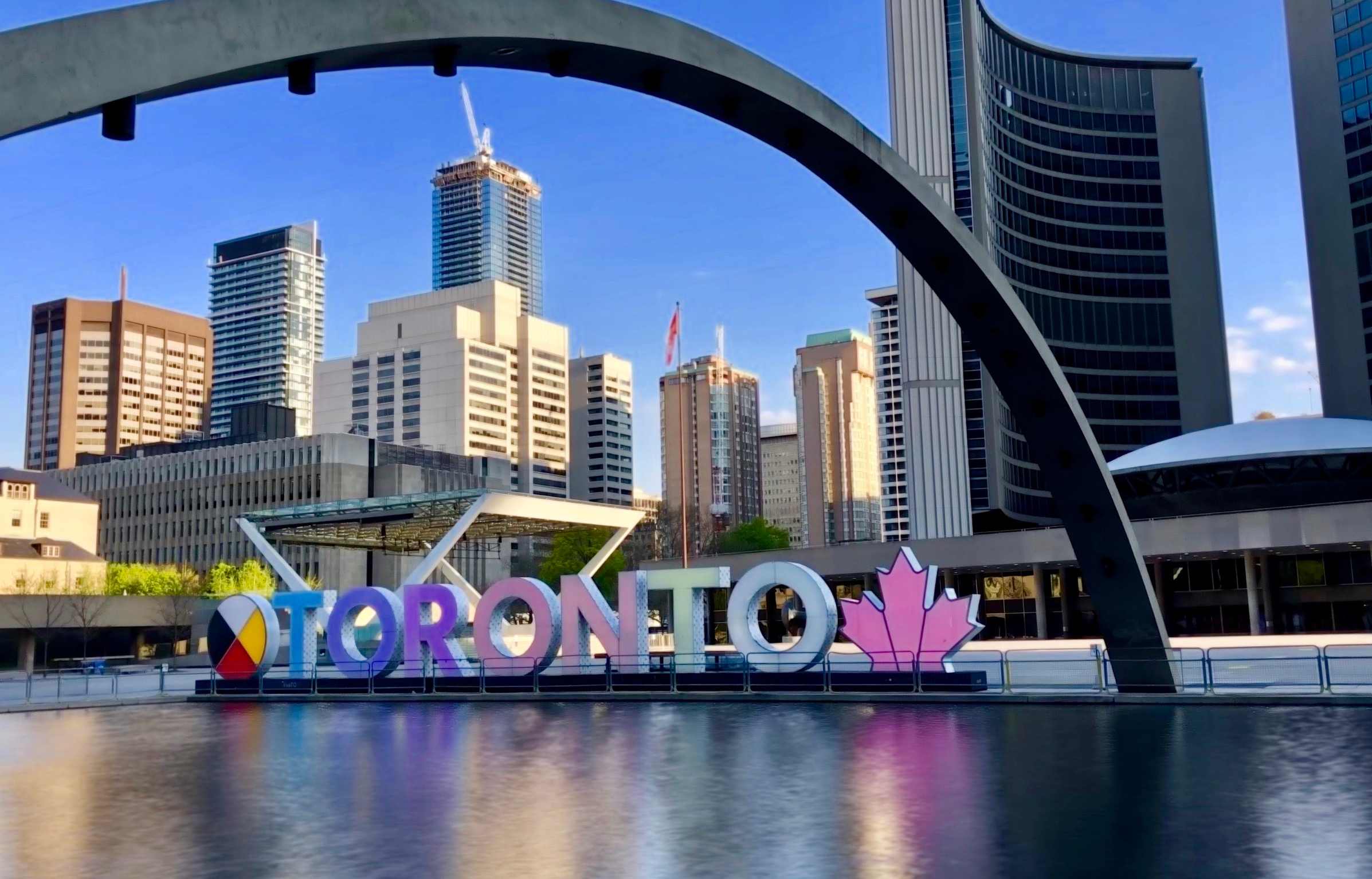
Toronto has low crime rates because of social cohesion and a high quality of life. The city has a strong sense of community, and people generally look out for each other. With nearly 3 million residents, it’s the biggest city in Canada, but it still feels friendly and welcoming to newcomers thanks to its diverse population. Plus, getting around is super easy with their reliable public transit, and they’ve got lots of parks and green spaces.
It prioritizes the well-being of its residents and visitors alike. It’s also a vibrant hub of culture. The city offers something for every interest, from diverse food festivals to world-class museums and theaters. This blend of safety and cultural richness makes Toronto an excellent choice for those seeking a secure environment without sacrificing a stimulating and dynamic lifestyle. Here, you can explore a complete city guide about relocating to Toronto.
Cost of Living – Toronto has a relatively high cost of living, with average monthly expenses for a single person around $1,000, excluding rent. Rent for a one-bedroom apartment in the city center averages about $1,800.
Food – Its multicultural population means a wide variety of cuisines. A typical meal at a mid-range restaurant costs about $15-25.
Things to Do –
- Visit the iconic CN Tower.
- Explore the Distillery District.
- Enjoy the diverse neighborhoods like Kensington Market and Queen Street West.
7. Washington D.C., United States
Index Score – 87.6/100
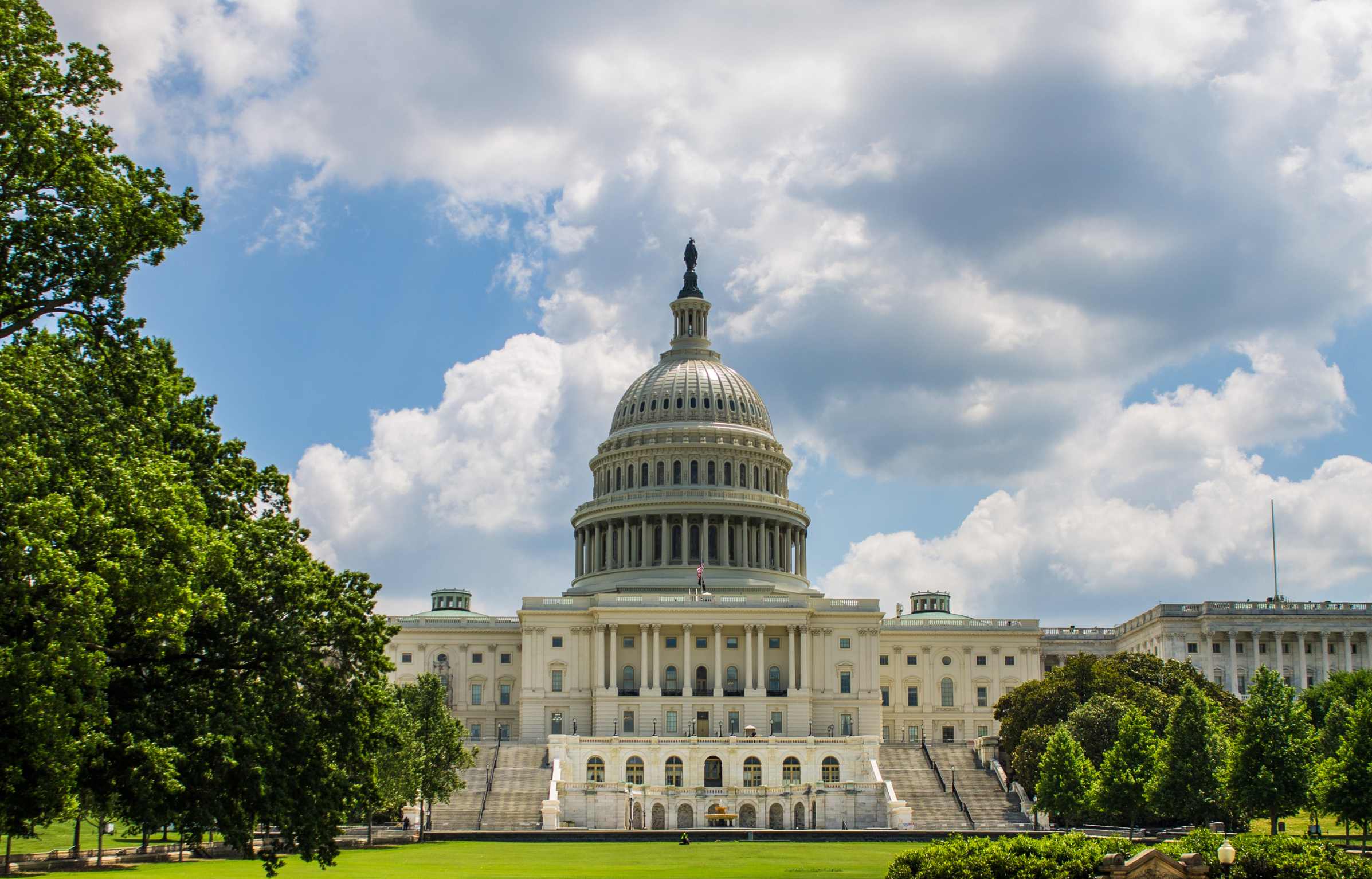
As the nation’s capital, Washington D.C. takes security seriously, earning its spot as one of the world’s safest cities. With heightened security measures, constant infrastructure improvements, and a focus on community-oriented safety programs, the city aims to ensure a secure environment for residents and visitors alike. You’ll notice this when you arrive – the visible security presence or the well-lit streets.
Even though D.C. is a prominent political center with over 700,000 people, it still works hard to make people feel safe. You can go sightseeing by the monuments or walk around the neighborhoods, and the city feels well cared for. That makes a big difference – you can relax and explore, even at night, which is only sometimes the case in big cities. It’s surprising, in a good way.
Cost of Living – Washington D.C. has a high cost of living, with average monthly expenses for a single person around $1,200, excluding rent. Rent for a one-bedroom apartment in the city center averages about $2,200.
Food – The city offers a diverse culinary scene. An average meal at a mid-range restaurant costs about $15-30.
Things to Do –
- Visit the National Mall and its monuments.
- Explore the Smithsonian museums.
- Discover the vibrant neighborhoods of Georgetown and Dupont Circle.
8. Copenhagen, Denmark
Index Score – 87.4/100
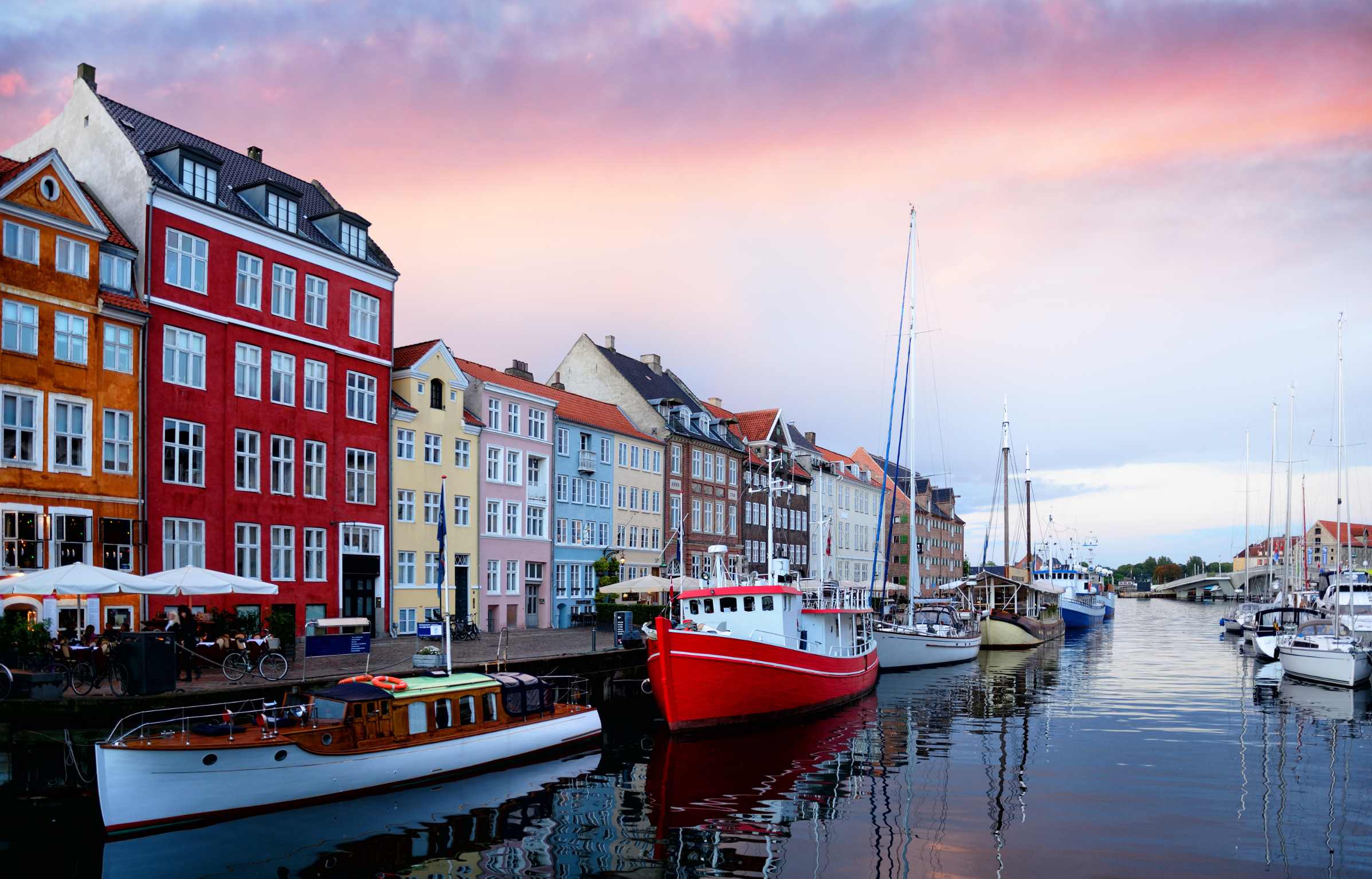
Copenhagen is known for its safety measures and laid-back atmosphere. Crime is rare, and everyone seems invested in helping each other out. Even though it’s got over 800,000 people, it has a friendly, almost small-town vibe. They’re big into biking here, so the city feels extra safe for getting around on two wheels. Plus, with its colorful buildings and historic architecture, there’s always something interesting to catch your eye.
It makes you want to slow down and soak it all in. This city prioritizes walkers, promotes eco-friendly practices, and fosters a relaxed atmosphere. It’s the place where you want to be outside, checking out the cute shops and cafes. Whenever you need a break, there are many parks or spots by the water to chill out. Plus, getting off the main streets lets you discover charming courtyards and cozy cafes.
Cost of Living – It is known for its high cost of living, with average monthly expenses for a single person around $1,200, excluding rent. Rent for a one-bedroom apartment in the city center is approximately $1,800.
Food – Copenhagen is famous for its Nordic cuisine. A typical meal at a mid-range restaurant costs about $20-30.
Things to Do –
- Visit the Tivoli Gardens amusement park.
- Explore the historic Nyhavn waterfront.
- Discover the Christiansborg Palace.
9. Seoul, South Korea
Index Score – 87.4/100
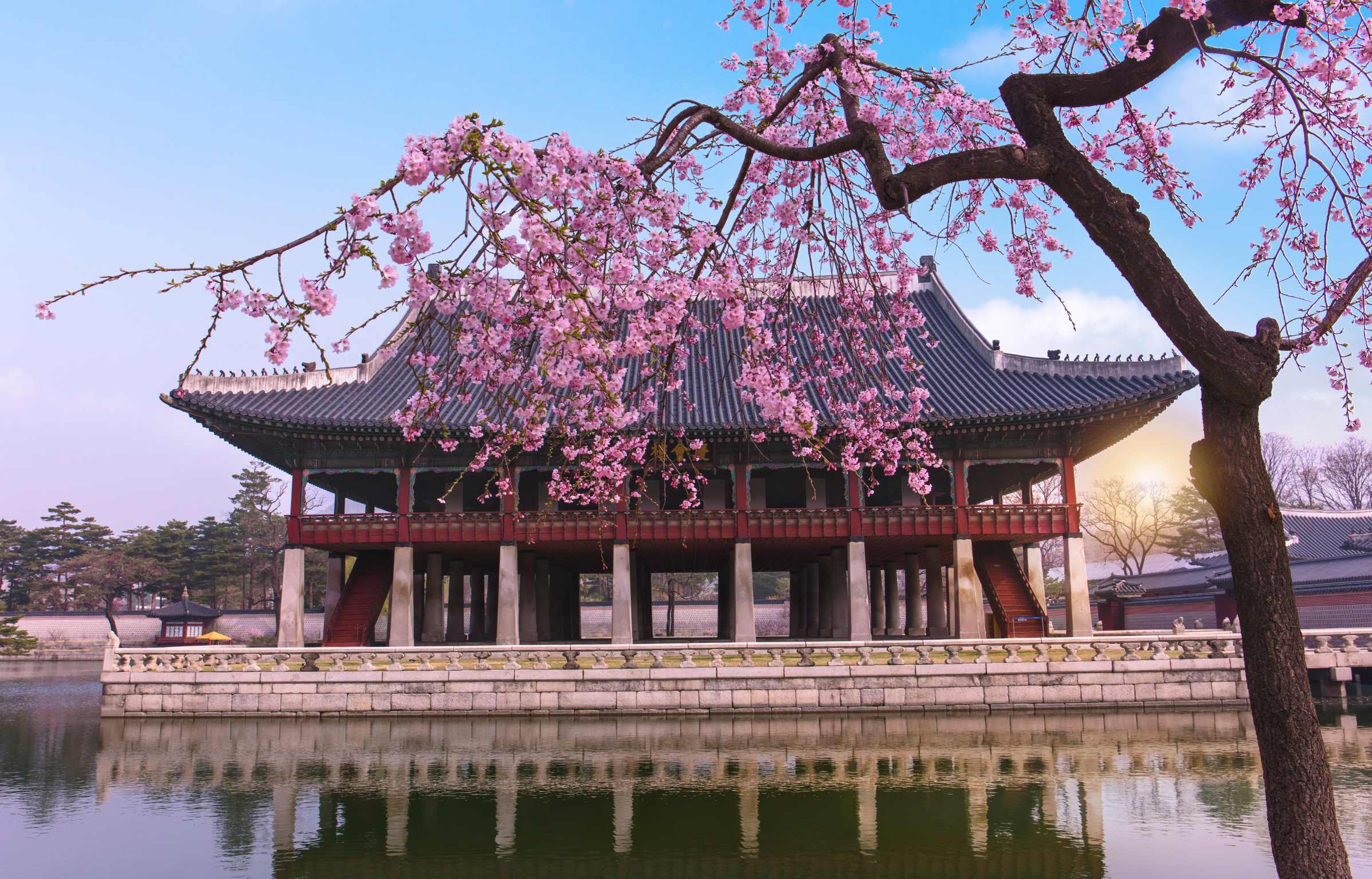
Seoul is known for being safe. They’ve got the tech side of things down, crime is super low, and the whole vibe feels organized. Even though it’s a massive city with nearly 10 million people, it still has this energy without being chaotic. Honestly, it’s pretty impressive for a megacity! You get that modern city buzz but in a friendly and approachable way.
Its efficient public transportation system and well-maintained infrastructure make navigating easy, even for first-time visitors. The streets are clean and well-marked, so finding your way around is easy. From bustling markets to neon-lit districts and ancient temples, Seoul offers a captivating blend of modernity and tradition, all within a safe and welcoming atmosphere.
Cost of Living – The average monthly expenses for a single person are around $1,000, excluding rent. Rent for a one-bedroom apartment in the city center averages about $1,000-1,500.
Food – It offers a rich culinary scene, affordable street food, and fine dining. An average meal at a mid-range restaurant costs about $10-20.
Things to Do –
- Visit the Gyeongbokgung Palace.
- Explore the bustling Myeongdong shopping district.
- Enjoy the views from N Seoul Tower.
10. Melbourne, Australia
Index Score – 87.3/100
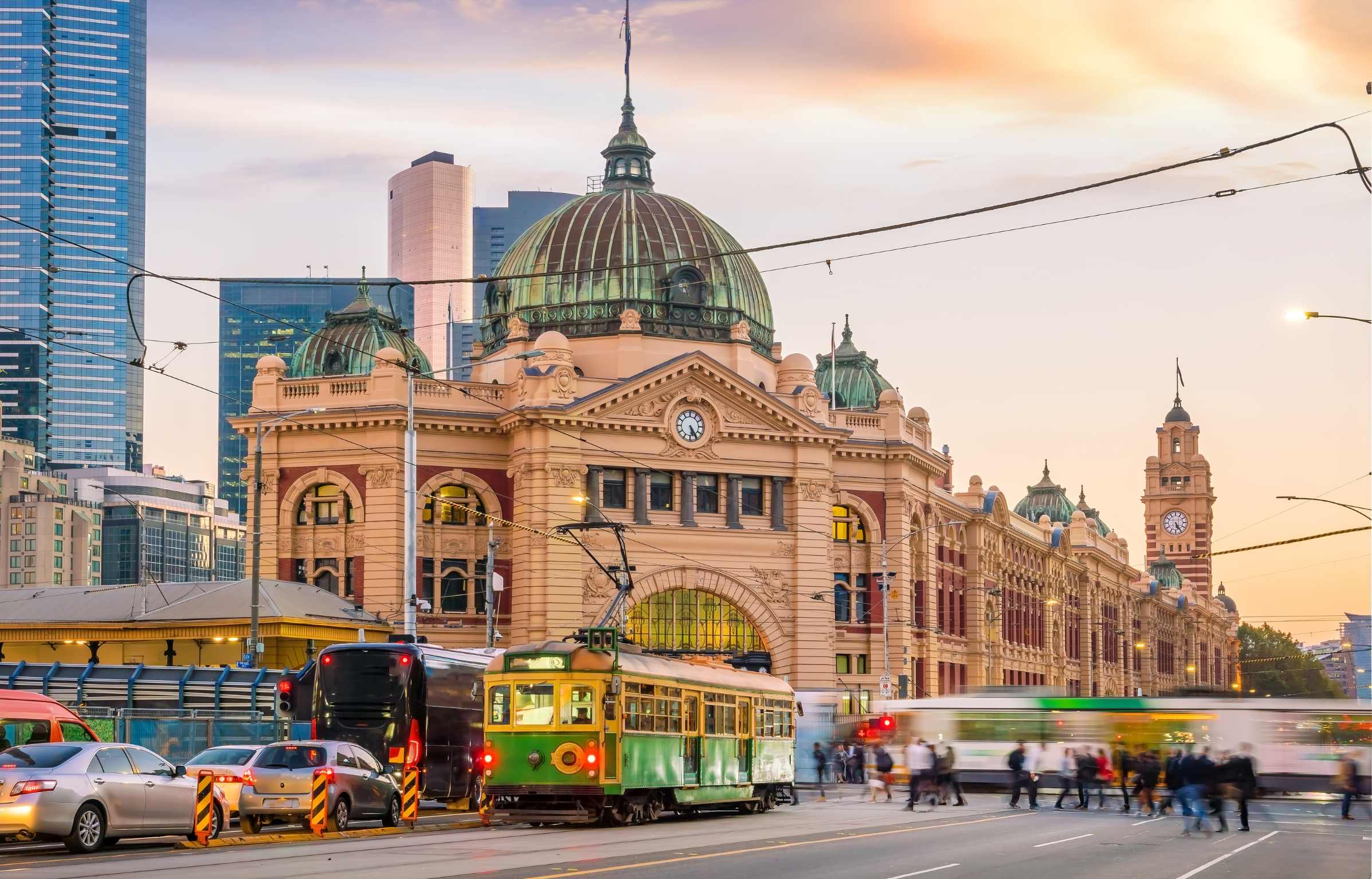
Melbourne’s commitment to social inclusion, robust health security, and a focus on personal safety make it a top contender for the world’s safest cities. With a population of over 5 million, Melbourne fosters a welcoming and diverse atmosphere. People here seem genuinely friendly, not just city-polite, which adds to the safe feeling. You can easily navigate Melbourne and find your way around.
It’s a super walkable city with tons of green spaces – it just feels easy to live in. Getting around on their trams is a breeze, too. Whether you’re checking out cool cafes in the laneways, hitting up a huge sporting event, or chilling at the beach, there’s always this safe, relaxed vibe. And seriously, the coffee here is fantastic – the perfect excuse to sit and soak it all in.
Cost of Living – Melbourne’s cost of living is high, with average monthly expenses for a single person around $1,200, excluding rent. Rent for a one-bedroom apartment in the city center is about $1,800-2,200.
Food – It is renowned for its diverse food scene. A typical meal at a mid-range restaurant costs about $15-25.
Things to Do –
- Explore the laneways and street art in the city center.
- Visit the Melbourne Zoo and Royal Botanic Gardens.
- Enjoy the beaches of St Kilda.
Recommended read – Melbourne, Australia: A Comprehensive City Guide
What makes a city safe?
Safety isn’t a one-size-fits-all concept for cities. What makes a place feel safe can depend on a variety of factors, including its economic well-being, social cohesion, and political stability. However, some key aspects are universally important.
Here’s a breakdown of some of the most significant considerations –
-
Economic Well-Being – Cities with strong economies tend to have lower crime rates. This is because residents have greater opportunities and a sense of stability, reducing the motivations for criminal activity. Investment in education, job training, and social programs can play a significant role in fostering economic opportunity and reducing crime.
-
Social Cohesion – A strong sense of community can make a big difference in a city’s safety. When people feel connected to their neighbors and invested in their neighborhoods, they are more likely to look out for each other and report crime. Cities that promote social cohesion through community events, cultural celebrations, and programs that encourage interaction among residents can create a more supportive and secure environment.
-
Political Stability – Cities with functioning governments and fair law enforcement systems tend to be safer. When residents trust their institutions and feel that the law is applied fairly, they are more likely to cooperate with law enforcement and feel secure in their communities. Conversely, political instability and corruption can erode public trust and create an environment where crime flourishes.
-
Crime Rate – Fundamentally, a safe city has low levels of both violent crime (like assaults and robberies) and property crime (like theft and vandalism). Cities with robust policing strategies that emphasize community engagement and prioritize preventative measures often see better results in this area. For example, well-lit streets and parks can deter crime, while community policing programs can help build trust between residents and law enforcement.
-
Digital Security – In today’s world, protecting citizens from online threats is essential. Safe cities invest in cybersecurity measures to shield government systems and critical infrastructure from cyberattacks. They also have strong data privacy laws to safeguard personal information and educate the public on cybercrime prevention techniques, empowering individuals to avoid scams and protect their online identities.
-
Health Security – This focuses on both everyday health and crisis response. A safe city has accessible, high-quality healthcare that caters to a variety of needs. It also has a well-functioning public health system equipped to handle outbreaks of infectious diseases and implement preventative measures. Additionally, a safe city has plans in place for emergencies like natural disasters, ensuring a coordinated response to minimize risks and support recovery efforts.
-
Infrastructure Security – A safe city needs reliable infrastructure – things like power grids, transportation systems, and communication networks. Investment in maintenance and upgrades helps prevent breakdowns and outages. Having backup plans in case of disruptions, such as natural disasters or cyberattacks, is also crucial. A secure and resilient infrastructure ensures the smooth functioning of essential services and reduces disruptions to daily life.
-
Personal Security – This is about people feeling safe and secure in their daily lives. Can they walk down the street at night without fear? Do they trust their neighbors and local authorities? Safe cities often have a visible police presence that deters crime and fosters a sense of security. Well-lit public spaces and well-maintained streets also contribute to a feeling of safety. Additionally, programs aimed at building community trust, promoting social cohesion, and addressing root causes of crime can further enhance personal security.
Important Note – It’s essential to remember that safety rankings can change from year to year. Always thoroughly research the current safety situation before traveling to any destination.
Wrapping Up!
These ten cities will stand out for their safety in 2024. Whether you’ve got the moving bug or just dreaming about your next big trip, these spots are worth seriously checking out. You know that feeling of relaxing and soaking it all in instead of worrying? That’s what a safe city can give you. Of course, even a great city on paper deserves an in-person visit – so start your research!
Source – https://worldpopulationreview.com/world-city-rankings/safest-cities-in-the-world
Are you interested in Relocating to the above-mentioned Cities?
Seeking a relocate where safety and security are paramount?
Our personalized relocation plans prioritize your peace of mind. We’ll uncover neighborhoods with solid safety records, provide expert guidance on logistics, and deliver comprehensive support for a seamless transition.
Schedule your free consultation, and let’s explore cities where safety is the foundation of your thriving life.
Your secure future awaits!
Book Your Strategy Session Now


